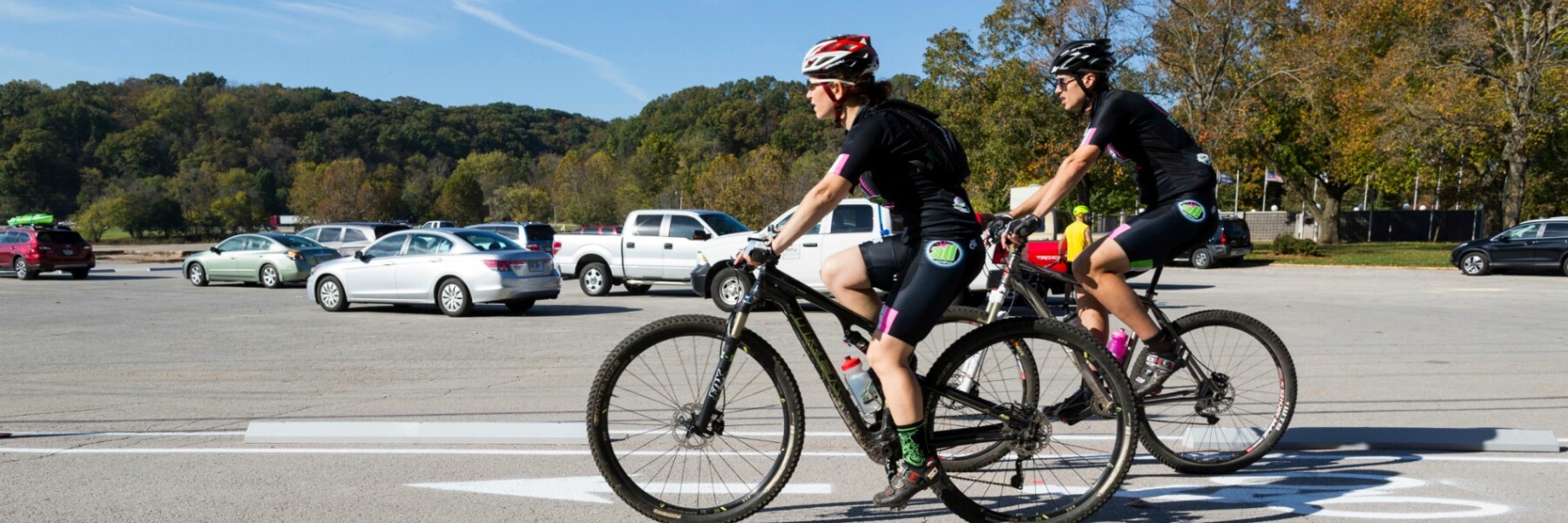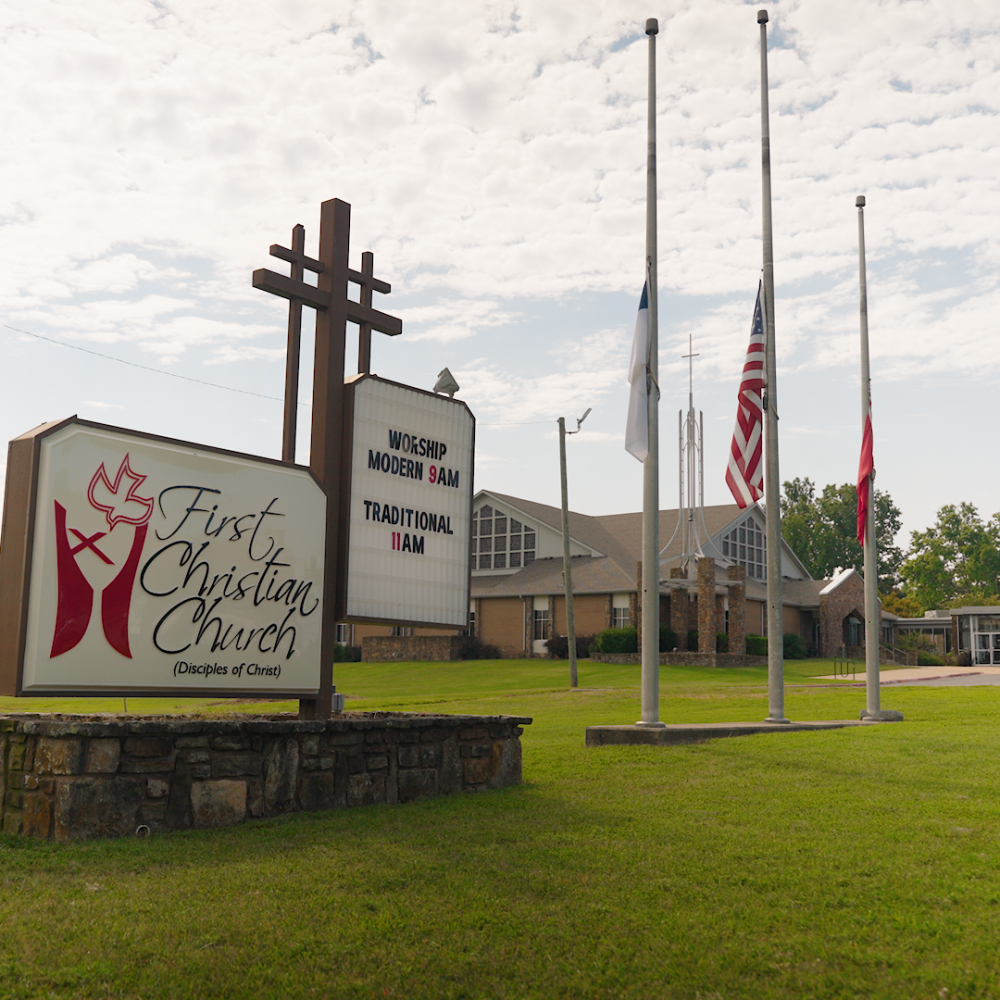Inspiration can come from unexpected places.
Last summer, seeking ways to improve urban cycling infrastructure in Northwest Arkansas, a 14-member delegation found it in Copenhagen.
We were in the Danish city to learn how it created a transportation culture where bicycles are a practical, safe and environmentally friendly staple of the daily commute. We found a bustling metropolis where the bicycle is a “functional, hardworking tool” rather than a high-priced toy reserved for weekend recreation.
Our group came back enthusiastic about the potential to create our own made-in-Northwest Arkansas solutions to meet the region’s needs for better, safer urban bike paths. And we were able to put our ideas into action.
The need for better cycling infrastructure – and more transportation options in general – is becoming ever more apparent in Northwest Arkansas. The region is growing fast and, as it does, will need think beyond simply adding new highway and parking infrastructure.
Last fall, the foundation supported the Northwest Arkansas Regional Planning Commission and BikeNWA on the implementation of a month-long demonstration project that built temporary, protected bike lanes in Bella Vista, Bentonville and Rogers.
The ‘quick build’ infrastructure project embraced the low-cost, ‘test before invest’ ethos of tactical urbanism. A final report on the project, released by Bike NWA in conjunction with Bike to Work Week, provided important data that can inform future decisions about how, when and where permanent urban trail infrastructure might be built.
Over the course of about a week in late October and early November, volunteers painted lines on streets and installed bike-lane ‘armadillos’ to separate bike from vehicular traffic in select sections of the three cities. In all, more than 7,700 new linear feet of bike lanes were added.
In Bella Vista, the project connected the 36-mile Razorback Regional Greenway to the popular Blowing Springs Trail System and closed a gap in the trail that goes around Lake Bella Vista. In Bentonville, the work focused on creating a neighborhood greenway to improve connectivity within the city’s downtown trails and to enhance safety with more visible pathways. In Rogers, the temporary trails through the city’s downtown were intended to provide a better route to its Railyard Bike Park and Lake Atalanta.
The temporary bike lane project marked an attempt to determine the potential for future permanent lanes to and test routes that would improve the overall quality of the bicycle environment.
In Bella Vista, the temporary trail infrastructure was built in an area that was already heavily used by cyclists – with about 17,000 bicycle and pedestrian trips a month – and where community members had expressed a need for a designated bike route.
The trails were a hit with riders. In a survey after the pilot project was completed, more than 80% of cyclists who used the temporary trail in that city said they felt safer having a designated bike route. More than 70% supported more on-street protected bike lanes. A measure called the Bicycle Environmental Quality Index found the Bella Vista section improved from ‘low quality’ status to borderline ‘high quality’ once the new lanes were installed.
While the Bella Vista project produced strong support for permanent lanes in the chosen location, in Bentonville and Rogers the study revealed the likely need to modify either the design or location of additional permanent bike lanes.
In Bentonville, more than 85% of users reported they wanted a stronger connection between the Greenway and downtown. But most riders felt the route chosen for the temporary bike lanes was not the best one available, the survey found, suggesting a more detailed study of cyclists’ needs should be done before a permanent bike link is created.
In Rogers, some residents expressed concern that the bike lanes would limit parking options or disrupt commerce on high-traffic streets. Those worries suggest that, in the future, it’s critical that more time be spent talking to merchants and residents about bike infrastructure design and impact.
The report’s finding validates the decision to use tactical urbanism to test this idea before investing in permanent infrastructure.
Northwest Arkansas is still in the early stages of developing transportation infrastructure that would make biking to work safer, more practical and more desirable for residents. The temporary bike lane demonstration project, however, proved there is significant opportunity to create a transportation system where everyone feels it’s convenient and safe to travel by bike.
What we saw in Copenhagen last year is what the future could like in Northwest Arkansas. More than 50% of all commuters there ride their bike to work. Why? Because the city understood the value in providing more than just one transportation option for its citizens.
It shows that if you invest in the right kind of cycling infrastructure, and make it efficient and pleasurable for people to use, more people will choose two wheels over four.




